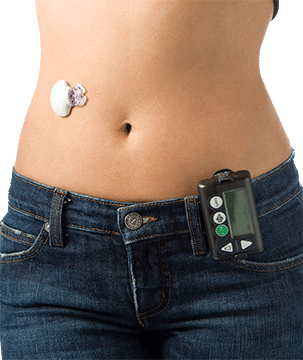Diabetes is a common disease in India and world. The disease which is not curable, and needs proper management at individual level to live a healthy life. Continuous body-glucose monitoring is one of the aspects of management. The conventional means of glucose monitoring are invasive and take blood or interstitial fluids as sample by finger prick or from other injuries. Then the enzymatic reaction with the sample in the sensor gives the measure of the glucose in the sample. Sometimes a patient has to prick finger 4-5 times a day, this adds on the suffering of the patients. To reduce this pain of testing a lot of emphasis has been given to non-invasive glucose sensors.
Non- Invasive glucose biosensors: As the name suggest, they do not involve the pricking or pinching into the body for extracting the sample. Such non-invasive glucose biosensors either use sweat, tears, etc. as the sample or use the radiations like microwaves, radiowaves, infrared waves, UV waves, optical light and etc. These waves are used to obtain the signal from the body. The signal obtained from the body is then manipulated into a readable mode using algorithms. Unlike invasive glucose sensors, these noninvasive sensors can take reading from a number of sites like finger, hand, head, earlobe, abdominal region, toe and etc.
These sensors are also available in small sizes like conventional glucose sensors, thus making them a new choice for the users. While the sensitivity of these non-invasive glucose sensors is still under question, but many of these are under the clinical trials or marketing stage, and have been given approval by the concerned authorities. The advancements have also been made to link such sensor’s software to the mobiles using blue-tooth, for regular updates and storing of data.
Source: www.gluco-wise.com.
